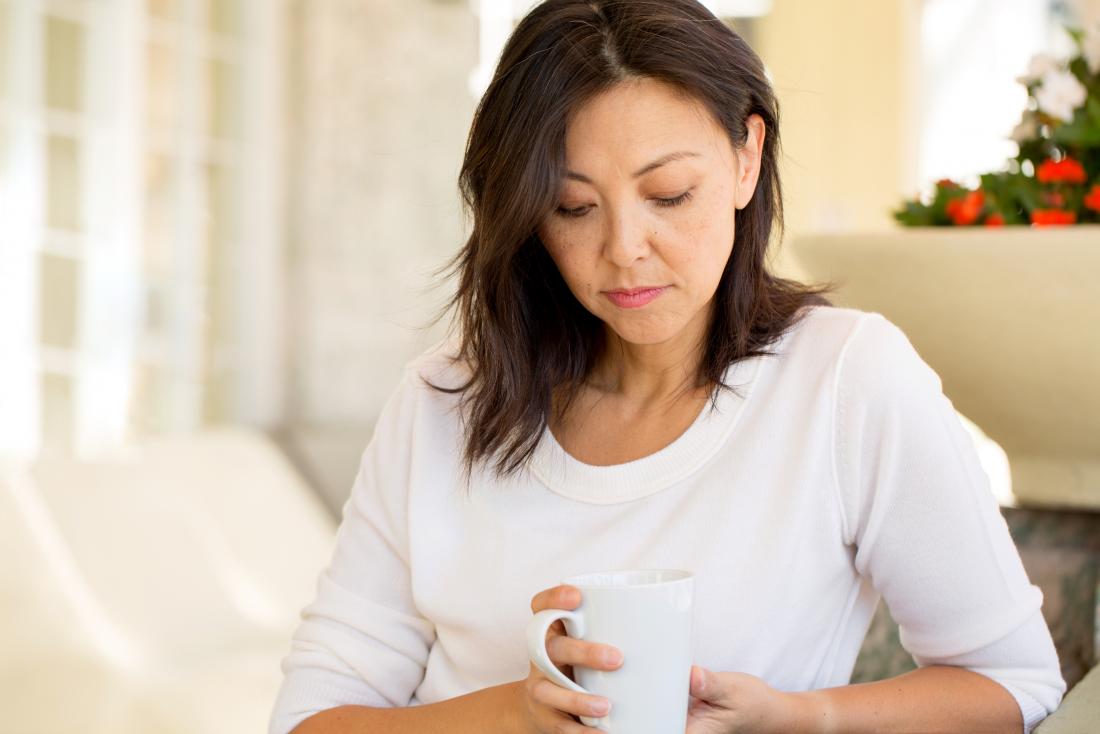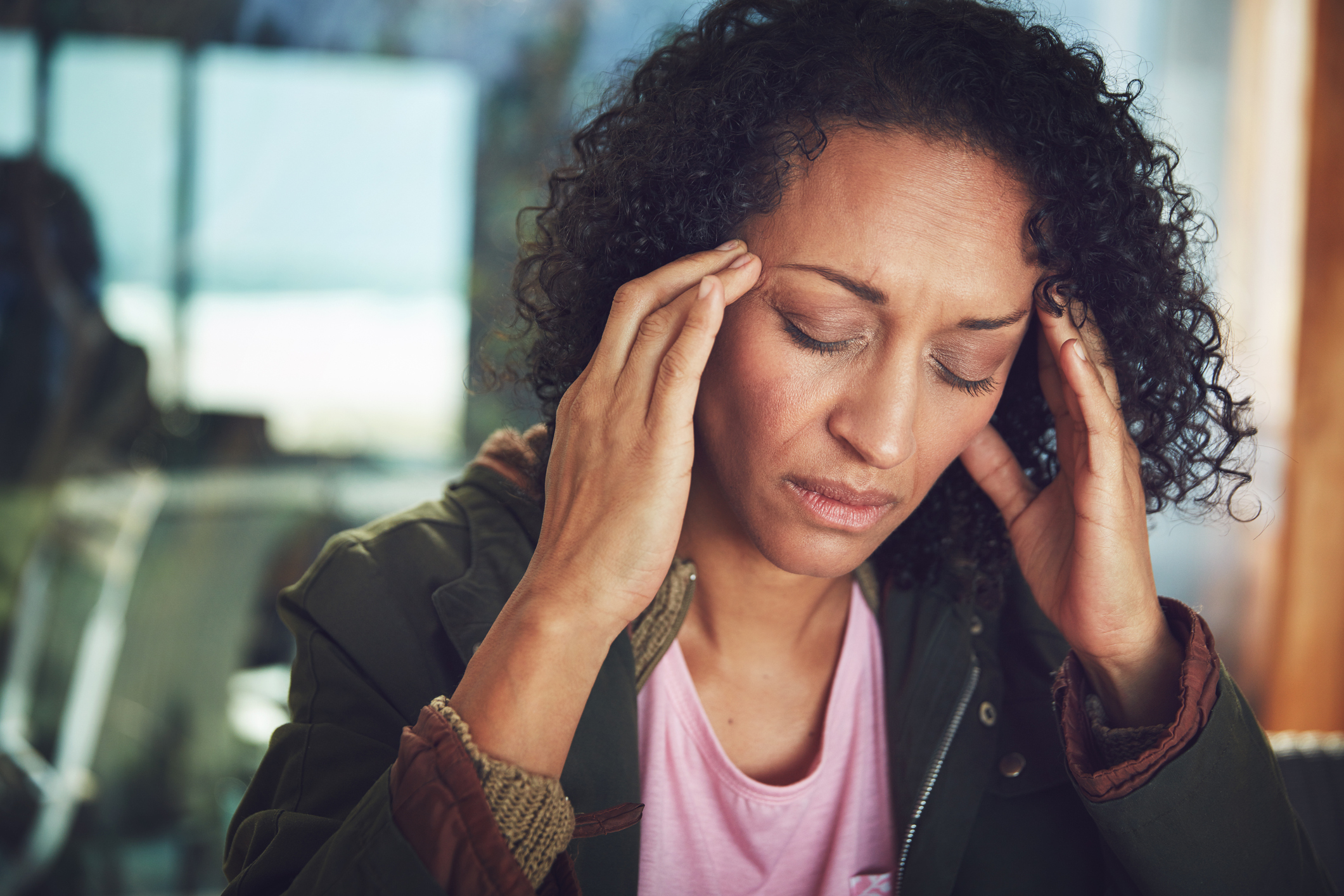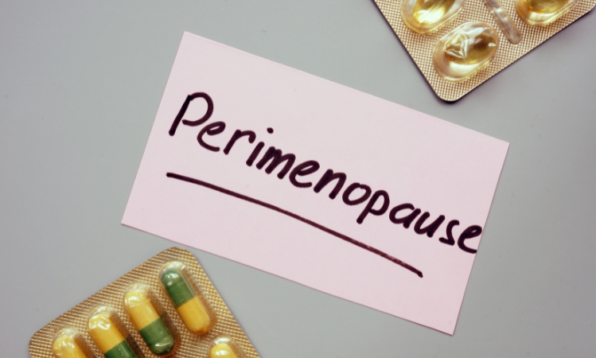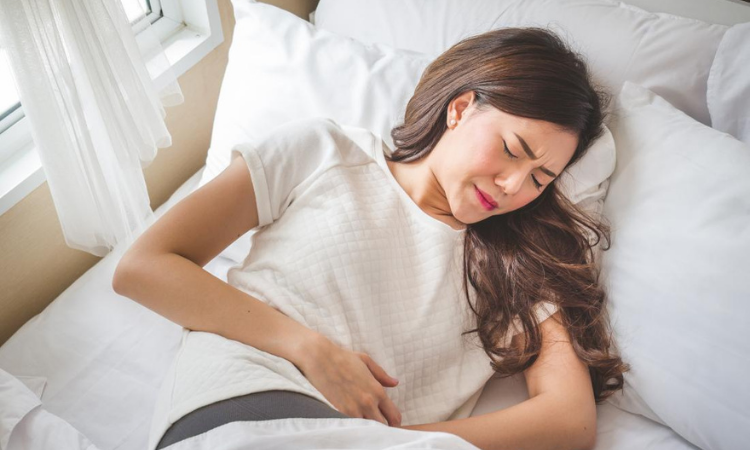As you enter into your late 30s, your body starts changing. As you approach your late 30s, you start thinking you are finally ready to say goodbye to your periods. But that’s not the case. Before you hit menopause, you have to go through the rigamarole of perimenopause. Irrational mood swings and hormonal fluctuations will make a reappearance in your life with the onset of perimenopause. You are also likely to experience longer and heavier periods with severe cramping. But these signs can be easily misjudged as that of a painful period. So, are you in perimenopause or just experiencing a painful period?
What is perimenopause?

Perimenopause is the transitional period from menstruation to menopause. It refers to the years before menopause when your ovaries produce less oestrogen. Most women enter the perimenopausal stage when they are in their 40s, and it is common for it to range anywhere between four to eight years. During this time, it is normal for women to experience changes in their menstruation cycle. In the later years of perimenopause, you are likely to miss a few periods. When you’ve gone 12 consecutive months without getting your periods, that is when you hit menopause and the end of your reproductive years.
Signs of perimenopause

The signs of perimenopause differ from woman to woman. There is no one-size-fits-all formula. Perimenopause can also be divided into two stages – early menopause transition and late menopause transition. Here are some of the most common signs of perimenopause:
- Heavier than normal bleeding
- Severe cramping
- Night sweats
- Hot flashes
- Fluctuations in mood
- Changes in libido
- Vaginal dryness
- Frequent urination
- Irregular periods
- Insomnia
When you are in your early menopause transition, you will still be getting your periods regularly, but you could experience hot flashes, weight gain and changes in your sleep pattern. The late menopause transition is when you are getting closer to menopause and start missing your periods. During this period, your ovulation is irregular, and your oestrogen levels keep fluctuating. Due to irregular periods, you are also likely to have heavier periods than usual.
Perimenopause is a stage when you have PMS-like symptoms, including changes in mood, irritability, bloating, tender breasts, and exhaustion. With heavy bleeding and painful cramps, it is easy to confuse perimenopause with a painful period. In most cases, perimenopause affects women in their 40s, but in certain cases, it can also start as early as in the 30s.
Related: Sleep Deprivation Is Not A Flex: 9 Tips To Help You Sleep Better At Night
Treatment

While medications are available that help you treat the symptoms of perimenopause, some home remedies can also ease the symptoms. Some of these remedies are:
- Placing a heating pad on the abdomen to ease the pain
- Practice meditation and deep breathing to reduce stress
- Consistently practice light exercises like walking or yoga
- Drink lots of water to avoid dehydration
- Maintain a healthy low-fat and high-fibre diet
- Maintain a consistent sleep cycle
While these lifestyle and at-home practices can help reduce or manage the symptoms of perimenopause, it is advisable to consult a doctor to help deal with issues like anxiety, depression, hormonal fluctuations, and even hot flashes.

 Web Stories
Web Stories












